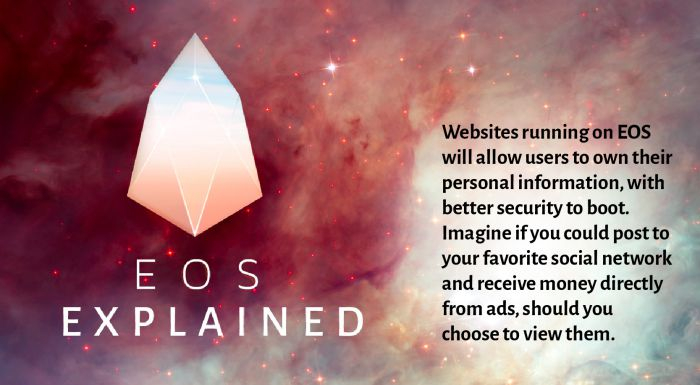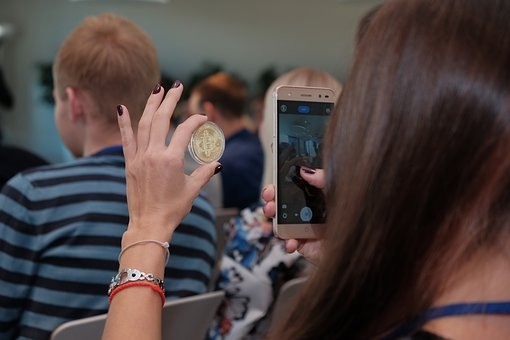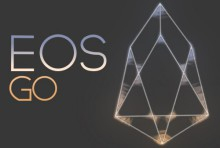ABCs of EOS (Understanding EOS PT1)
Hello Friends,
I was reading about EOS hours ago (Thanks to @samstickkz) and i came across something beneficial, so i decide to some of the tips as a beginner and for the beginner and intermediates.
For any adventure one is thinking of taking, there is need, not just need but a very paramount one, to seek information about it by : reading , asking questions and so on, which is what i've made a habit few days ago.
I recently woke up to see the future in cryptocurrency world. And no way i can cope other than reading and asking questions. I have made some crypto guys my friend that they guide me through any difficulty i may experience. Here, I will send a big shout-out and three knuckles to @amec. He's a very responsive and supportive dude. Always there for me irrespective of how crazy and meaningless my questions may be atimes, @samstiskkz for the consistent updates on the group and on his blog.
What is EOS
This is a blockchain-based, decentralized operating system, designed to support commercial-scale decentralized applications by providing all of the necessary core functionality, enabling businesses to build blockchain applications in a way similar to web-based applications.
EOS’s asynchronous communication and parallel processing provide scalability, while its ownership model eliminates transaction fees. These features make EOS a serious competitor of Ethereum (although EOS’s ICO actually supports Ethereum). It uses delegated-proof-of-stake and introduces the ability to fix bugs and rollback changes with supermajority consensus.
EOS, by block.one, is a blockchain-based, decentralized operating system, designed to support commercial-scale decentralized applications by providing all of the necessary core functionality(including databases, accounts with permissions, scheduling, authentication, and handling communication between the application and the internet), thus allowing developers to focus on their own particular business logic. EOS.IO is software that allows businesses to build blockchain applications that resemble existing web-based applications, using an architecture similar to website frameworks.
It’s ownership model provides d’App developers with predictable hosting costs, requiring them only to maintain a certain percentage or level of stake, and makes it possible to create freemium applications. Furthermore, since EOS token holders will be able to rent / delegate their their share of resources to other developers, the ownership model ties the value of EOS tokens to the supply and demand of bandwidth and storage.
It also introduces the ability to fix bugs and rollback changes with supermajority consensus, rather than requiring a hard-fork. This is due to EOS using delegated-proof-of-stake, whereby multiple witness-nodes are nominated by the network as representatives to make certain high-level decisions more quickly, without polling the entire network. Although this makes the blockchain somewhat less decentralized, it contributes to the ability of mainstream enterprises to adopt and interact with blockchain technology.
Another blockchain veteran involved in EOS is advisor Ian Grigg, a financial cryptographer who has been building cryptographic ledger platforms for over 20 years; inventor of the Ricardian Contract and co-inventor of Triple-Entry Accounting. [Ref. to quora]
While i was exploring, I I stumbled on this. This will greatly help the beginners understand the concepts surrounding EOS.
EOS Go is dedicated to uniting the EOS community towards launching EOS and beyond.
Software company block.one is creating EOS.IO and releasing it as open source code; thousands of individuals will need to come together to bring this new "internet of value" to life. [Ref]
Check out EOS-cafe
https://twitter.com/eoscafe_Nigeria?s=08
https://www.facebook.com/Eoscafe_Nigeria-147220499437640/
Do you need to read and get more information about EOS? [Check out this]
For eos-cafe airdrop, see [link to form]




Am glad u are now a crypto enthusiast man.......u learn pretty fast tho...nice post here☺
Meehn I like how you move.
I have much interest for crypto now.
With you by me, and other guys, I can fly.